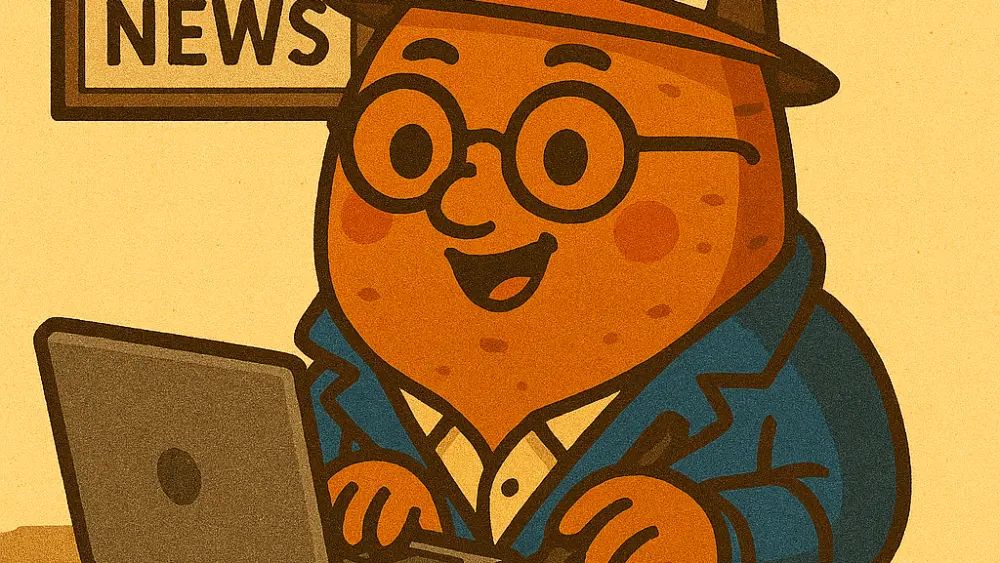 Bobby stared at his phone screen, his coffee growing cold as he absorbed the devastating news. His college roommate’s cousin had posted on Facebook about coming down with a stomach bug. Bobby’s heart raced. His palms grew sweatier than Slim Shady’s did when his words wouldn’t come out. He could practically feel the nausea washing over him.
Bobby stared at his phone screen, his coffee growing cold as he absorbed the devastating news. His college roommate’s cousin had posted on Facebook about coming down with a stomach bug. Bobby’s heart raced. His palms grew sweatier than Slim Shady’s did when his words wouldn’t come out. He could practically feel the nausea washing over him.
“Oh no,” he whispered to himself, already crafting his Facebook status in his mind. “I think I’m getting it too.”
Welcome to the modern plague of Sympathetic Social Media Syndrome, where no ailment goes unshared and no illness goes uncaught—at least digitally. In today’s hyperconnected world, why limit yourself to boring old physical proximity when contracting diseases? Thanks to the miracle of social networking, you can now experience every sniffle, ache, and mysterious rash from the comfort of your own home.
The symptoms are unmistakable. Someone posts about their migraine, and suddenly your temples throb. A friend mentions food poisoning, and your stomach performs Olympic-level gymnastics. Your neighbor’s kidney stone? Well, let’s just say you’ll be scheduling a doctor’s appointment faster than you can type “feel better soon.”
But here’s where it gets truly beautiful: the immediate need to document your newfound suffering. Because if you don’t post about being sick, are you really sick at all? The modern invalid knows that proper illness protocol requires a carefully curated social media presence complete with thermometer selfies, medicine bottle arrangements, and at least three posts about how “grateful you are for your health” while simultaneously complaining about every symptom.
Jennifer, 34, has perfected this art form. “I saw my hairdresser post about her back pain, and I immediately felt this shooting pain down my spine,” she explains while updating her status for the fourth time today. “I mean, we breathed the same air for like an hour last Tuesday. I’m basically patient zero.” She pauses to take a selfie with a heating pad. “I’m thinking of starting a GoFundMe for my recovery.”
The beauty of virtual contagion is its efficiency. Why wait weeks for actual germs to find their way to you when a simple scroll through your feed can deliver instant symptoms? Got a friend with the flu? Boom—chills and fever. Coworker mention a headache? Bam—instant migraine. It’s like medical empathy on steroids, if steroids made you hypochondriacal and overly dramatic.
The phenomenon has created its own ecosystem of one-upmanship. Someone posts about a common cold, and suddenly the comments section becomes a medical Olympics where everyone’s trying to out-sick each other. “Oh, that’s nothing,” types Linda from accounting. “I had that same cold but worse. My temperature was basically lava. I couldn’t even look at orange juice without crying.”
Dr. Michael Stevens, a fictional expert we at The Sweet Potato just made up, explains the science behind this: “It’s remarkable, really. The human capacity for digital osmosis has evolved beyond anything scientists or Mark Zukerberg could have imagined. These people have developed the ability to contract illnesses through fiber optic cables. It’s either the next step in human evolution or really, really annoying.”
The true masters of this craft know that timing is everything. Post about your illness too quickly after seeing someone else’s, and you look like a copycat. Wait too long, and you miss the sympathy window. The sweet spot is approximately 6-8 hours after the original post—long enough to seem authentic, short enough to still ride the wave of concerned emoji reactions.
And let’s not forget the recovery posts, which are almost more important than the illness announcements themselves. Nothing says “I was really sick” like a triumphant “Finally feeling human again!” accompanied by a photo of you holding a green smoothie and looking courageously radiant despite your harrowing digital ordeal.
The most advanced practitioners have learned to diversify their ailment portfolio. Why limit yourself to one person’s cold when you could be simultaneously battling your yoga instructor’s ankle sprain, your dentist’s seasonal allergies, and your mailman’s suspicious cough? It’s like having a whole medical team working around the clock to keep you appropriately unwell.
As ol’ Bobby finally hits “post” on his stomach bug announcement, he feels a wave of satisfaction wash over. The likes are already rolling in, along with helpful suggestions about ginger tea and bland diets. He settles back into the couch, phone in hand, ready to monitor his feed for the next medical emergency that might require his immediate attention and swift social media response.
After all, in a world where everyone’s sharing everything, why should suffering be a solo activity?





